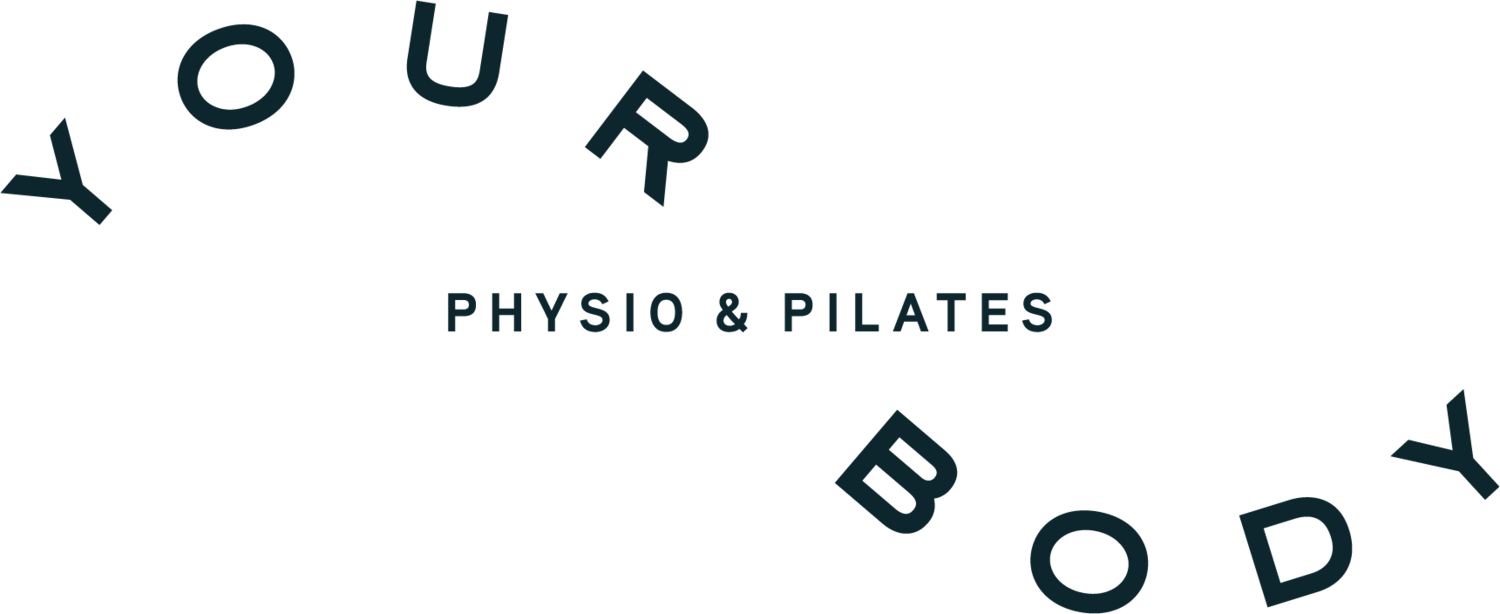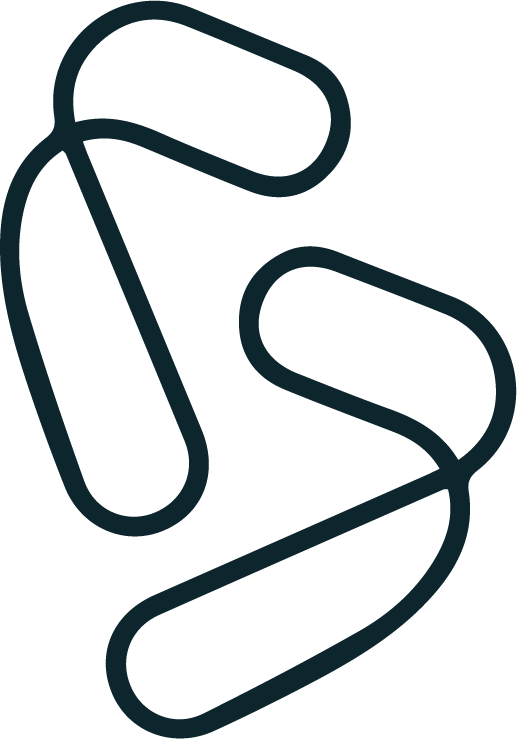Physio for Shoulder Instability
What is it?
If you ever felt like your shoulder is loose, about to pop out or actually popped out of the socket and back into place you are likely experiencing symptoms that are consistent with an unstable shoulder diagnosis. It basically means that there is and increased translation of the shoulder bone (head of humerus) in its socket.
What causes it?
Shoulder is the most mobile joint in the whole body that allows us to easily move our arm in all 3 planes, hence, it is the most frequently dislocated joint.
Shoulder movement is facilitated by synchronic activation of multiple muscle groups and connective tissue like ligaments and tendons surrounding the shoulder joint complex. Weakness/tightness of certain muscle groups, stiffness of certain joint areas, general laxity of connective tissue of the body can put us at risk of shoulder instability/dislocation. We would normally refer to these as intrinsic factors or ones related to individual body characteristics. Besides, there are also extrinsic factors like repetitive stress of the shoulder joint, often seen in overhead throwers, or an acute traumatic episode like a fall on the shoulder.
Symptoms of Shoulder Instability
You might feel looseness in your shoulder joint, weakness in the affected arm and pain when moving the arm.
Let’s look at an example of an overhead throwing athlete like baseball, softball or cricket player. Big amounts of stress are placed on the shoulder joint complex to produce the required forces during the repetitive throwing motion. As a result, front of the joint gets hypermobile and is at risk of the subluxation/dislocation. Additionally, the structure that are under constant stretch would become painful. As we know pain inhibits muscle activation hence you might feel less strength in that arm. Compensatory muscle tightness in neck, chest and upper back is also very common.
How can I prevent it/treat it?
Right balance of range of motion (tissue extensibility) and functional stability (muscle activation) is essential to allow a smooth powerful overhead motion to happen without a joint subluxation.
Strengthening your muscles like rotator cuff muscles is very important because they play crucial role in stabilising shoulder bone in its socket. Working on proprioception (knowing where your body is in space), and timing of muscle activation is another important part of treating this condition.
How can physiotherapy help?
Physiotherapist can accurately assess which body structured are compromised and create an individual progressive strengthening and stretching program. Application of a range of manual techniques and taping can help you to activate the right muscles and alleviate the pain symptoms for quicker and more efficient recovery.

